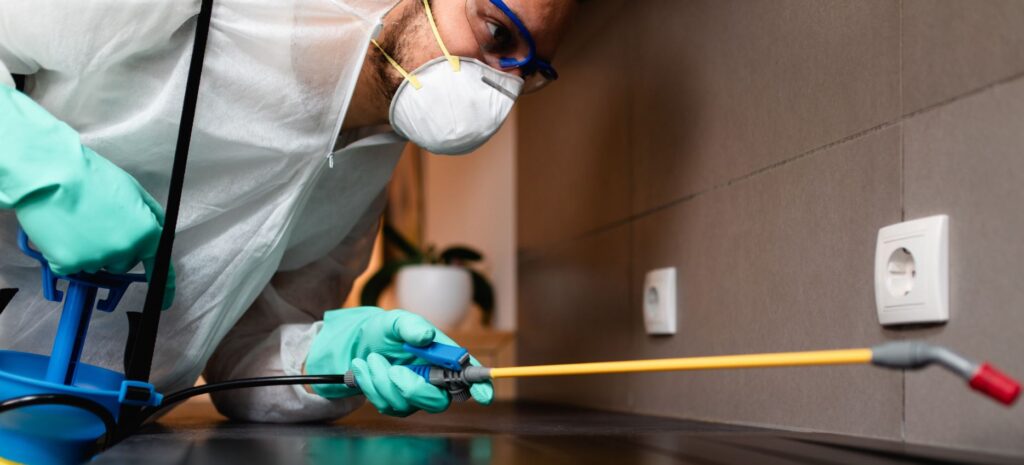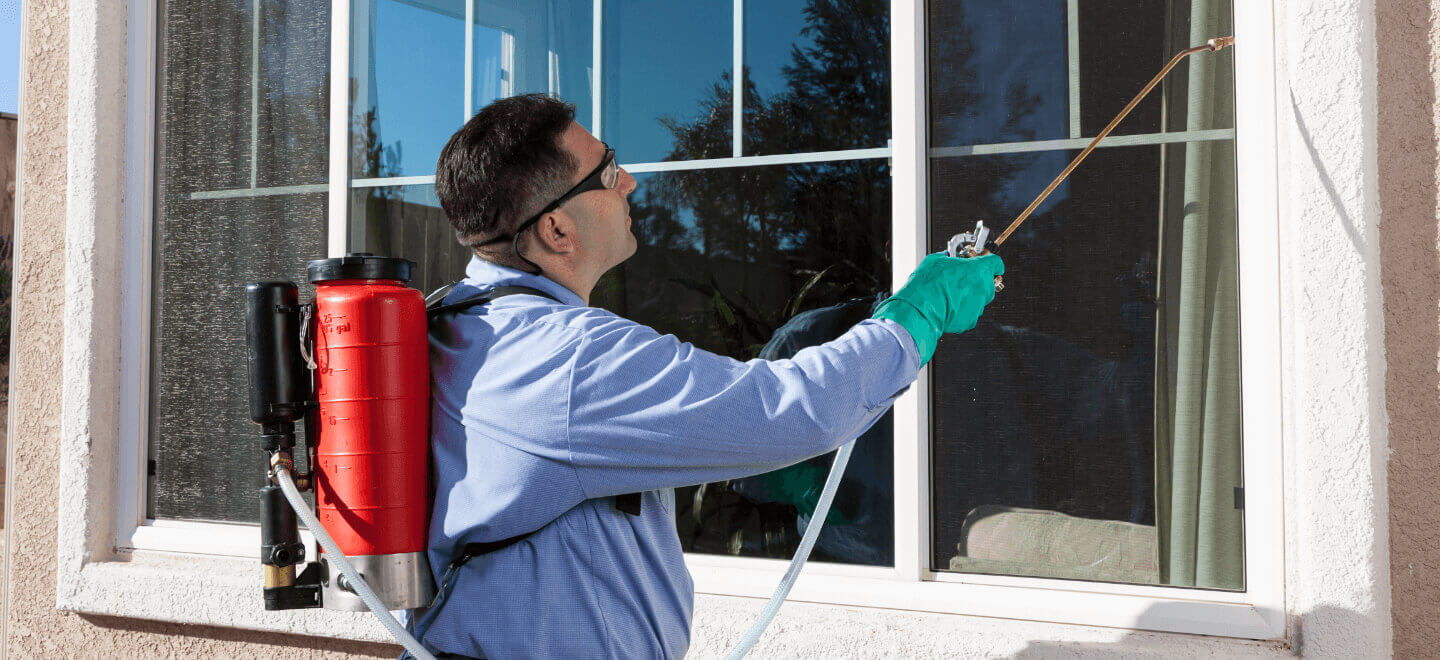Safe and Reliable Parasite Control for Lasting Defense
The importance of reputable and safe parasite control can not be overemphasized, particularly in a period where environmental concerns are vital. Efficient parasite management calls for a complex method that balances environmental honesty with the need for effective bug reductions. By discovering environment-friendly options and incorporated parasite administration approaches, property owners can achieve lasting security versus intrusive species while securing advantageous environments. The nuances of these approaches might not be promptly clear, triggering a better exam of the methods that can lead to lasting pest control end results. What actions can be taken to ensure both safety and effectiveness in parasite administration?
Recognizing Parasite Control Approaches
Bug control encompasses a range of approaches targeted at handling and removing undesirable insects and rodents that can threaten both health and home. Understanding these approaches is essential for reliable parasite management.
The primary classifications of bug control approaches include mechanical, organic, and chemical techniques. Mechanical techniques involve physical obstacles and traps to avoid bug entry and capture undesirable types. Utilizing displays on windows or utilizing sticky catches can considerably minimize pest populations without introducing hazardous materials - exterminator coquitlam.

Chemical bug control is usually one of the most identified technique, utilizing chemicals to remove insects. These chemicals can be effective but should be utilized with caution to stay clear of negative results on non-target varieties and the environment.
Advantages of Eco-Friendly Solutions
Exactly how can environmentally friendly solutions change parasite control techniques? The adoption of green bug control methods uses countless benefits, dramatically enhancing the performance and security of bug monitoring.

One more benefit is the favorable influence on neighborhood biodiversity. Eco-friendly remedies are created to target specific bugs while preserving beneficial bugs and wildlife, advertising a well balanced environment. This approach aligns with the growing customer demand for sustainable techniques, improving the online reputation of bug control providers.
Integrated Insect Management Techniques
The application of eco-friendly services normally leads to the adoption of Integrated Bug Management (IPM) techniques, which further boost parasite control efficiency. IPM is a holistic strategy that incorporates numerous strategies to take care of bug populaces while reducing environmental impact. This approach emphasizes the use of organic, social, mechanical, and chemical controls, making certain a sustainable and balanced approach of pest administration.
One essential aspect of IPM is the complete assessment of parasite task and ecological conditions. By monitoring insect populaces and determining their life cycles, professionals can apply targeted treatments that interrupt the bug's environment or lifecycle, minimizing reliance on chemical pesticides. Additionally, cultural practices such as plant rotation and habitat manipulation can substantially lessen bug establishment and recreation.
An additional essential element is using biological control representatives, such as useful insects or bacteria, which can normally subdue insect populaces. When chemical applications are necessary, IPM prioritizes the usage of low-risk chemicals and applies them selectively, decreasing exposure to non-target organisms and humans.
Integrating IPM techniques not only boosts parasite control performance however likewise promotes a much safer community, aligning with the expanding demand for sustainable methods in parasite management.
Safe Practices for House Owners
Understanding the significance of risk-free techniques in parasite control can equip house owners to effectively handle pest problems while safeguarding their wellness and the setting. Executing preventive steps and safe approaches is vital in lessening direct exposure to hazardous chemicals.
Homeowners should initially evaluate their atmosphere for conditions that bring in parasites, such as standing food, water, and clutter waste. Regularly cleansing and securing entrance points can deter parasites from getting into the home. Utilizing natural deterrents, such as crucial oils or diatomaceous earth, can provide effective options to chemical pesticides.
When chemical therapies are required, homeowners ought to opt for items that are especially identified as secure for domestic use. It is necessary to follow application standards diligently to avoid too much exposure. Utilizing targeted therapies in areas where parasites are recognized, instead than covering splashing, can significantly lower chemical usage.
Last but not least, preserving open communication with insect control specialists is vital. House owners ought to inquire about the safety of items made use of and request eco-friendly options whenever feasible. By adopting these safe practices, house owners can develop a much healthier living setting while efficiently managing pest issues.

Tips for Long-Term Defense
Establishing a pest management technique that stresses long-lasting protection can considerably improve the performance of the secure practices previously talked about. To accomplish this, house owners must execute routine examinations of their property, focusing on concealed areas such as attics, basements, and crawl areas. Early discovery of insect activity is crucial in preventing problems from taking hold.
These methods decrease attractants that draw parasites right into the home. Securing entry points, such as splits around home windows and doors, can effectively obstruct potential pest gain access to.
Landscaping needs to also be considered; keeping plants trimmed and preserving a distance in between plant life and the home minimizes concealing areas for pests. Using natural deterrents, such as vital oils or diatomaceous planet, can additionally discourage infestations without resorting to rough chemicals.
Lastly, teaming up with a specialist parasite control solution for regular examinations can offer an additional layer of safety. These specialists can offer customized referrals and progressed treatments, ensuring that your home continues to be protected against bugs in the lengthy term.
Conclusion
In verdict, secure and trustworthy insect control requires a diverse strategy that highlights environmentally friendly techniques and incorporated insect management. By applying all-natural deterrents, carrying out regular inspections, and keeping correct hygiene, building owners can considerably minimize insect populaces while protecting useful useful reference bugs and the atmosphere. Partnership my company with expert bug control services enhances the effectiveness of these approaches, making sure customized services that provide lasting security and peace of mind against future infestations.
Effective pest management requires a diverse technique that stabilizes ecological stability with the demand for reliable insect suppression. The fostering of green insect control approaches provides various benefits, significantly enhancing the performance and safety and security of bug administration.The implementation of eco-friendly solutions naturally leads to the fostering of Integrated Pest Management (IPM) methods, which better improve parasite control efficacy. exterminator coquitlam. By keeping an eye on bug populaces and determining their life cycles, practitioners can implement targeted interventions that interrupt the bug's environment or lifecycle, minimizing dependence on chemical pesticides.In conclusion, risk-free and trusted insect control site link needs a multifaceted strategy that highlights eco-friendly approaches and integrated pest management